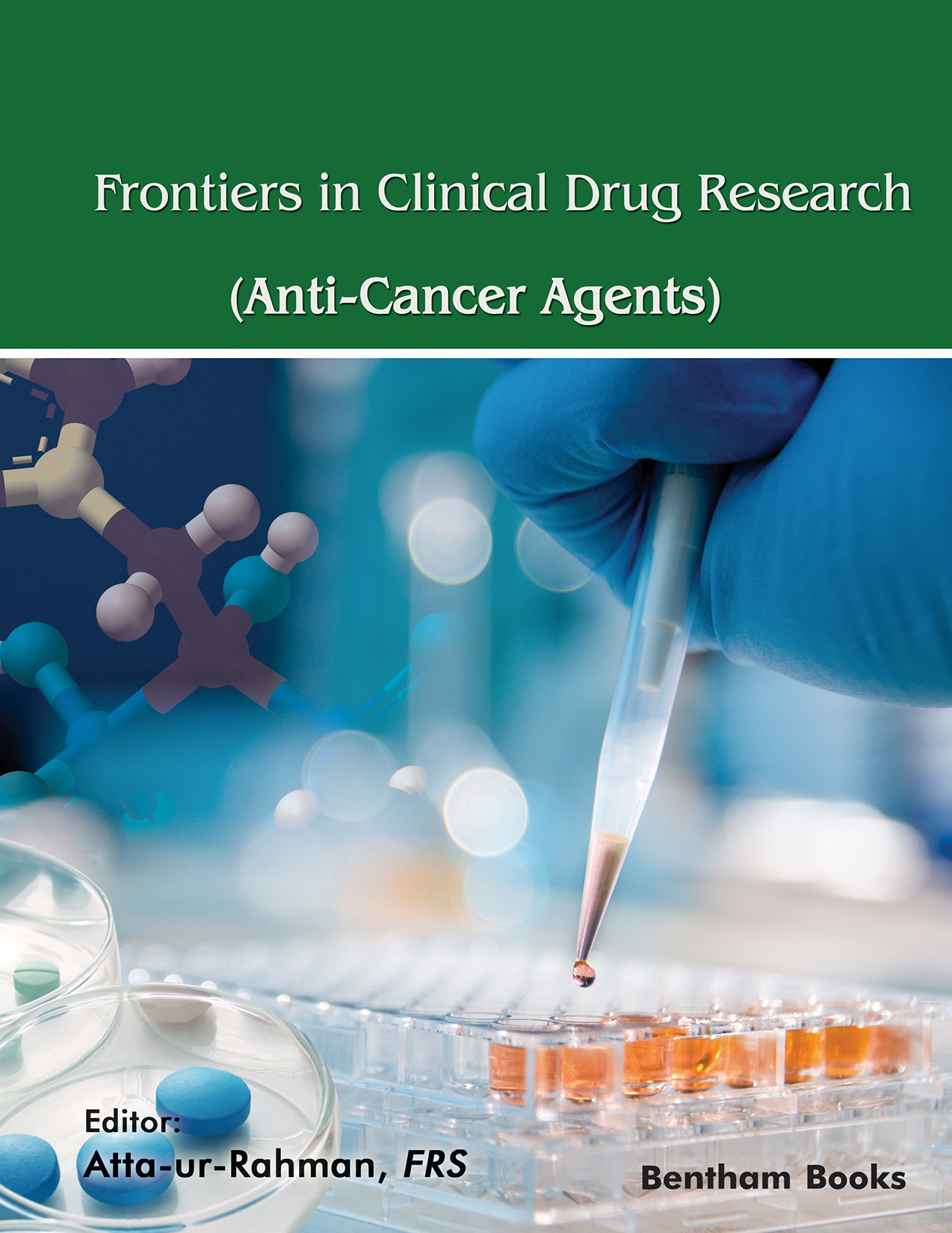Preface
Frontiers in Clinical Drug Research - Anti-Cancer Agents
presents the recent developments regarding various therapeutic approaches against different types of cancer. This volume is a valuable addition to the series, which serves as an important resource for pharmaceutical scientists, postgraduate students, and researchers seeking updated and critical information for developing clinical trials and devising research plans in anti-cancer research.
The seven chapters in this volume are written by eminent authorities in the field. Chapter 1, presented by Liu et al., gives an overview about the key data management elements in clinical trials for oncological therapeutics. Gareev and Beylerli in chapter 2 give an overview of the role that microRNAs play in various biological processes, including proliferation, differentiation, and apoptosis. Importantly, dysregulation of miRNAs is found to be involved in the pathogenesis of various human tumors, including brain tumors.
In chapter 3 of the volume, Yeniay et al., present vaccination strategies which are being used in current clinical trials. They also discuss the possible future directions for vaccine development against breast cancer. Khamar et al., in chapter 4 focus on desmocollin-3 (DSC3). Although this adhesion molecule is expressed in a variety of neoplasms, it can be used as a diagnostic biomarker for the identification of squamous non-small cell lung cancer (NSCLC) amongst undifferentiated and poorly differentiated NSCLC. It may be helpful in the selection of an appropriate therapy in patients with cancers.
Maryam Zanjirband in Chapter 5 reviews the role of TP53 as a tumour suppressor gene, targeting the interaction between p53 and MDM2 as a strategy for the treatment of malignancies and p53-MDM2 antagonists with emphasis on those that have been used in clinical trials. Manjunath and Choudhary in chapter 6 of the volume cover information about the mitochondrial functions in normal cells versus the functions in cancer cells and cancer stem cells. Anticancer therapy targeting mitochondrial proteins and processes is also elaborated. A catalogue of known mitochondrial mutations involved in cancer is presented. Immunotherapy using mutated mitochondrial proteins or peptides and immunometabolism as a target for cancer therapy is also discussed in this chapter. Finally, in last chapter of the book Hu et al., discussed and reviewed the therapeutic strategies currently available for treating gliomas in adult patients.
I hope that the readers will find these reviews valuable and thought-provoking so that they may trigger further research in the quest for new and novel therapies against cancers. I am grateful for the timely efforts made by the editorial personnel, especially Mr. Mahmood Alam
(Editorial Director), Mr. Obaid Sadiq (in-charge Books Department) and Miss Asma Ahmed (Senior Manager Publications) at Bentham Science Publishers.
Atta-ur-Rahman, FRS
Kings College
University of Cambridge
Cambridge
UK

